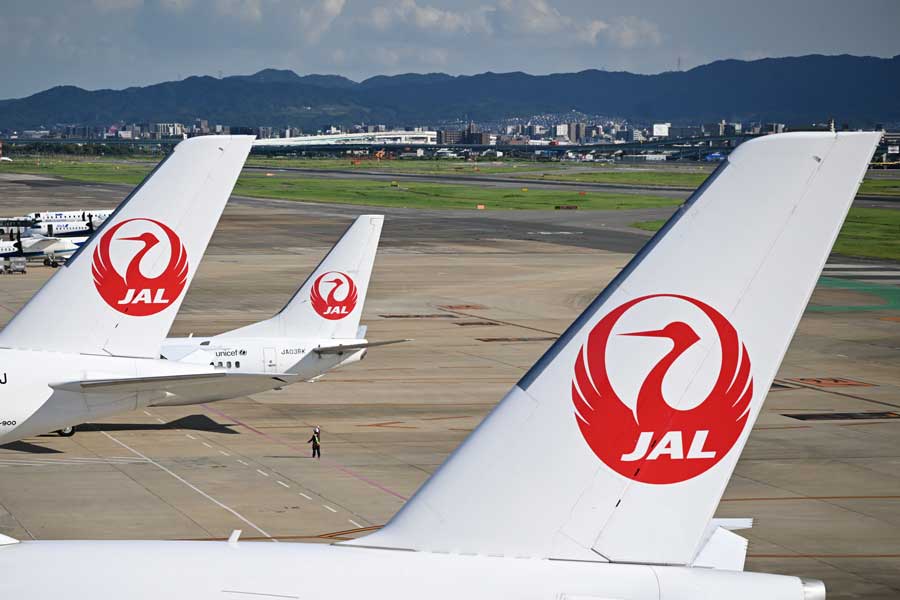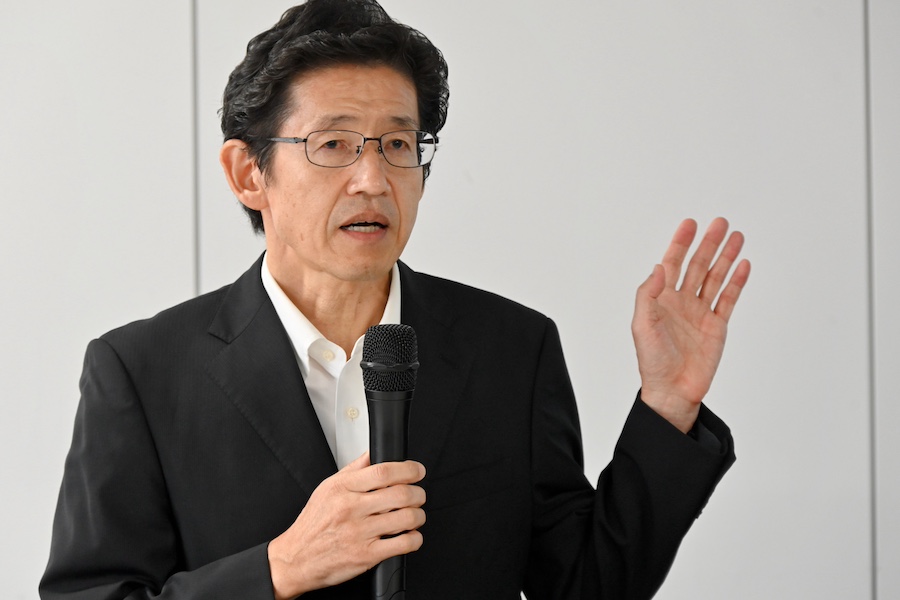
JAL Suspends Same-Day Standby and Upgrades at New Chitose Airport on December 12 Due to Snow
Japan Airlines (JAL) announced a change in boarding procedure on September 11th for domestic flights operated with wide-body aircraft having two aisles, aiming to alleviate congestion inside the aircraft. This change, the first in approximately three years since the introduction of boarding by group numbers in July 2021, is expected to shorten boarding times, thereby improving punctuality and comfort.
The traditional boarding procedure involved pre-boarding for families with children under two years old and wheelchair users, followed by JMB elite members as ‘Group 1 & 2’, passengers with seat numbers 40 and above and those in emergency exit rows as ‘Group 3’, passengers with seat numbers 20 and above as ‘Group 4’, and all other seats as ‘Group 5’, with groups being called in order.
In the new boarding method, pre-boarding and Groups 1 & 2 remain unchanged, but Group 3 will now also include window seats (rows A & K), in addition to seats numbered 40 and above and emergency exit rows. Group 4 will be changed to include the remaining seats, and Group 5 will be eliminated.
Additionally, the use of Passenger Boarding Bridges (PBBs) has been changed. Traditionally, the PBB connected to the front L1 door was used for First Class and Class J, and the PBB connected to the rear L2 door was for Economy Class passengers. From the 11th, the L1 side will cater to First Class, Class J, and Economy seats on the right side (rows F, G, H, J, K), while the L2 side will be for Economy seats on the left side (rows A, B, C, D, E).
Operation for flights using single-aisle narrow-body aircraft such as the Boeing 737-800 remains unchanged.
The boarding procedure change is a result of a joint study conducted by JAL and Tokyo Institute of Technology aimed at alleviating congestion inside the aircraft. Starting in the 2022 fiscal year, the study involved installing six 360-degree cameras in the aisle and door areas of seven flights operated with the Airbus A350-900 on core routes. The research analyzed passengers’ movements during boarding, including the time to pass through gates, walking speed, when they stopped, types and amounts of luggage, and time needed for storage, to construct a boarding simulation model. Using this model, they ran 1,000 simulations for 12 different boarding procedures and two types of PBB usage, selecting the most rational method considering real operations.

▲ Professor Toshiyasu OBU of Tokyo Institute of Technology, School of Environment and Society, Department of Architecture
Traditionally, boarding an A350-900 aircraft took approximately 20 minutes on average, but according to Professor Toshiyasu OBU from the School of Environment and Society, Department of Architecture at Tokyo Institute of Technology, the new boarding method is expected to reduce this time by about 50 seconds.
On the first day of the change, the Tokyo/Haneda to Okinawa/Naha flight JL915 (operated with an A350-900, aircraft registration: JA01XJ) with a capacity of 391 seats had 333 passengers (plus 15 infants), started pre-boarding at 11:41 AM, began general boarding (Groups 1 to 3) at 11:49 AM, the last passenger passed through the gate at 11:57 AM, and boarding finished at 12:00 PM.
According to JAL, there are currently no plans to change the boarding order for international flights, but depending on the results from the domestic flights, they may consider changes.